Usually I’m not very interested in the worldwide trends, or something that is happening extensively, because most of the time it’s too closely related to massive production, has a strong odour of simple consumerism, is very predictable and far away from the true innovation. But today I’m totally immersed into a trend that not only inspires me and thousands of people, but also gives hope that everything, truly everything, is possible and maybe even strongest traditions can be changed in a creative way.
One of the things that could and should be changed for ethical, economic and environmental benefits and perspectives is animal leather utilization for fashion and everyday life purposes. For thousands of years leather was irreplaceable material for clothing, footwear, furniture, car interiors… It uses traditional processing technologies, has a long life span, beautiful look, smell and other unique qualities that synthetic artificial leather has never reached. On the other hand, it once was alive, beautiful creature. I’m very happy, because one of the biggest worldwide trends now is oriented in becoming more conscious in our everyday life, in consuming and in creation itself.
I want to share with you a few ideas about conscious leading innovations that give birth to totally new materials that not only change the idea of textiles itself, but also create solutions for some social problems. And they are very interesting and inspiring as well!
Pinatex. Leather-like, sustainable natural textiles made from pineapple leaves’ fibres. Created by company Ananas Anam.
Mushroom skin made by MycoWorks.
Fruitleather. Made from wasted fruits in Rotterdam by Fruitleather Rotterdam. This project also solves one of the biggest social problems in Rotterdam: +- 3500 kilograms of rejected fruits each market day.

Bacteria leather. Made from bacterial cellulose that has similar properties to leather. Created by Suzanne Lee. The annual conferences ‘Biofabricate‘ are organized to present this idea to the world.
Artificial laboratory grown leather, made by Modern Meadow.

BioLogic. Live leather made from fresh bacteria cells by Teams from the MIT Media Lab’s Tangible Media Group and Royal College of Art. These cells react to change of temperature and hydration (on the human body for example). It ‘opens up’ those little rhombus shaped leaves when it’s too warm and wet.
I was wondering whether to include this Jellyfish Leather project created by Yurii Kasao in this blog post or not. It is made of Nomura’s jellyfish. The population of jellyfish increased due to overfishing and climate change so it became a real problem to Japanese fishermen in past few years. Still, I’m not a fan of the idea turning creatures into handbags. I have put this project into the list, because of the innovation factor and similarity of its look to the other materials in this article. Maybe that will help to predict the tendencies of ‘artificial leather’ designs in the future (for those who likes to predict :)).

MESTIC® by Jailila Essaïdi, where revolutionary bio-materials are manufactured from manure, is called one of the most sustainable textile projects. By the way, this Innovative lady has other interesting projects too.

Maybe this project is less about textiles, but for me it is very fresh and inspiring, has a lot of creative potential, sensibility and possibilities to lead to different shapes. Its look also has some similarities with other projects in this article made from bio materials. Project GIRIA was created by young Lithuanian designer Evelina Kudabaitė. Made from wooden peel waste. First it was born as a ‘wooden balloon’ project, then turned into decorative dishes collection.

Last but not least, project SCALA created by Lithuanian designer Liucija Domkutė. Clothes made from laser cut textile. Designer is looking for new perspectives to reduce reptile’s skin utilization in fashion industry by creating alternative materials and concepts for them. She is not trying to replace true leather by an equivalent material but creates something fresh and unexpected instead.
You can watch ‘The Next Black’, a film exploring the future of fashion and textiles industry, here.
Article by Rūta Birgėlaitė.





One thought on “Consciousness-Driven Innovations”